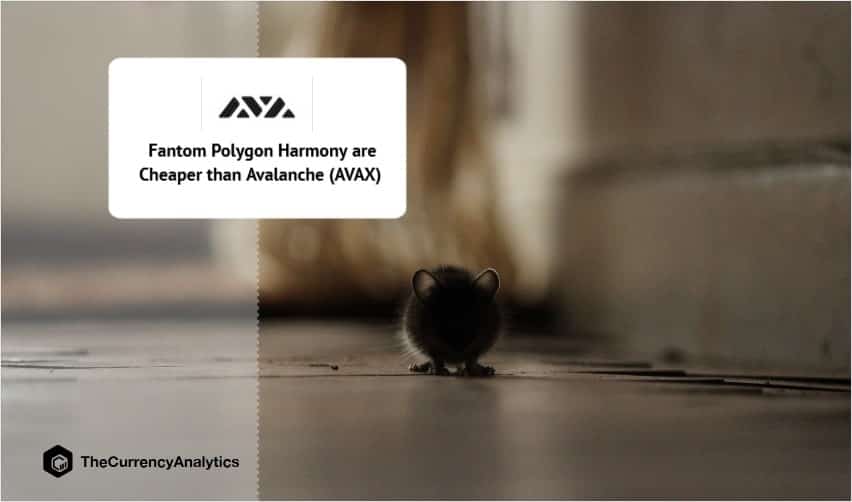
Emin Gun Sirer shared: Avalanche (AVAX) processed 1.1 million transactions today, approximately 96% of Ethereum’s load. Average fees for a swap operation were $0.23 on Avalanche and $62.00 on Ethereum. Let’s build together.
Community Response: Avalanche is not as decentralized as Ethereum.
And what are you basing that on? I know it’s something that maxis repeat to themselves, but where’s the data?
The user experience on Avalanche is unmatched. Sure, there are cheaper chains out there (Fantom, Polygon, Harmony) but the only one where I get transactions confirmed within a couple of seconds and without having to fiddle with speeding them up or increasing gas is Avalanche.
It’s easy to build a chain that is super cheap on a good day but unusable under load. The technical term for such chains is “broken,” because they lack a sound fee management scheme.
Love the chains mentioned. Though, as a network guy I feel like there should be a ways to improve some of the performance problems experienced recently on all four. Wish I understood the inside more and could get involved.
Work on Algorand instead. Wasting your time on others.
If Avalanche had the same market cap as ETH, the average fees for a swap would be ~ $6.
Assuming that the community that brought Avalanche to where it is today does absolutely nothing. I can understand why that’s something one might assume. Many communities fail to deliver for years. But not Avalanche.
Avalanche is a poor man’s Fantom.
Seems like the reverse when you look at the prices.
This makes sense because AVAX has a higher gas limit than Ethereum. Ethereum could implement that tomorrow but would be sacrificing decentralization due to the increased state growth rate.
Could you quantify that “lack of decentralization”? ETH is currently being run with PoW parameters that advantage big mining pools. And the chain is produced by a very small number of pools. So I don’t think decentralization is ETH’s strongest suit compared to AVAX.
I’m talking about being able to run a full node if one wants to. If you increase the rate the state grows too much, it will not be feasible for one to run a full ETH node on consumer hardware. ETH has a rollup roadmap so a true comparison would be between AVAX and ETH L2 swaps.
That roadmap changes too much for any sane person to follow. It was ETH2 until recently. And there’s no universe where one can suggest a comparison of a decentralized system like Avalanche to an L2 with a centralized point of failure.
I’m sorry a name change is too much to follow. But ETH is scaling at L2/L3 with optimistic and ZK rollups so comparing
ETH L1 fees to an alt L1 is misleading. They are new and will get faster, cheaper, and more decentralized with time which has been made clear from day one.
AVAX is rollup compatible.
Yes, but why would you use AVAX for your L1 when you have ETH. Much more secure. The cost will become negligible. How many did Hedera have?
No idea. I spoke to them once, to see if they would support research on blockchains. After that disastrous discussion, decided not to pay attention to them.
This came up a few weeks ago as well. Emin did not reach out to me, and I have been at Hedera since before it was Hedera, and no one at Hedera has any recollection of this outreach.
Except it’s permissioned and centralized what are you even talking about.
Cardano BEATS Ethereum in value moved daily in 14.5% of the transactions. Why? Because you can move multiple assets in a single txn unlike anyone else. 1 fee paid for what would be HUNDREDS of transactions on AVAX or ETH. Build on Cardano. The science-proven choice.


Get the latest Crypto & Blockchain News in your inbox.